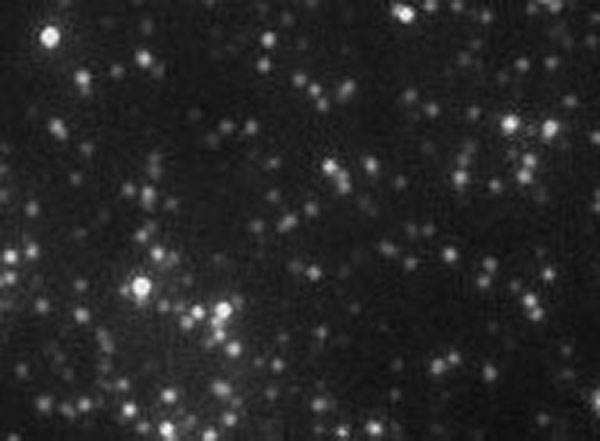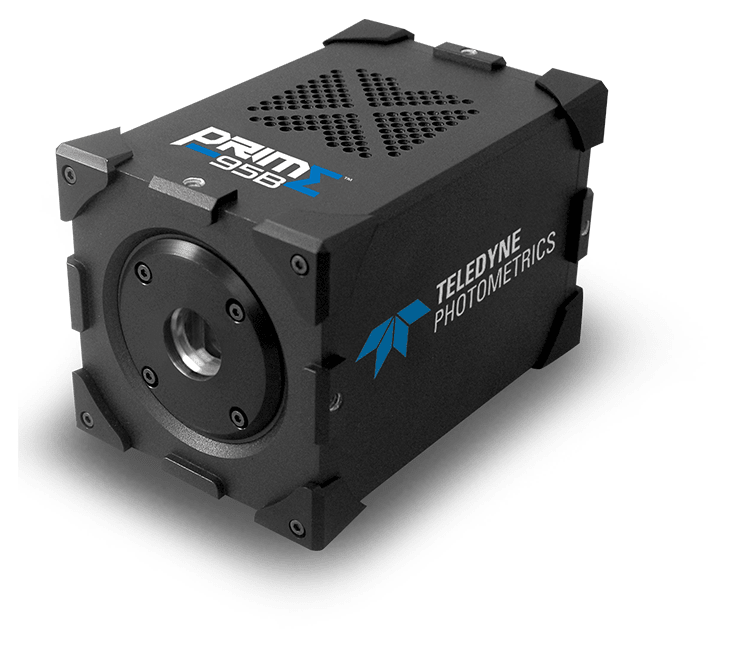Nanophotonics
Dr. Mathieu Mivelle
Research Fellow, Sorbonne University
Background
Dr. Mivelle's research lies within the field of nanophotonics and centers around investigations into the interactions between light and matter on the nanoscale to increase understanding of optical properties.
Dr. Mivelle explains, 'Most current technologies make use of the electric field component of light, however, my research investigates the interaction of the magnetic optical field component with matter, which is much weaker'.
Dr. Mivelle designs structures that are patterned at the nanoscale, and couples these to single quantum emitters, such as single fluorescent molecules or lanthanide doped nanocrystals to produce physical effects between the two that are not found in nature. This spatial coupling permits Dr. Mivelle to modify the quantum properties of the emitters which could provide new opportunities in photonics for technological applications.

Figure 1. Quantum emitters imaged using the Prime 95B sCMOS camera on the custom-built
microscope setup.
Challenge
Dr. Mivelle uses a custom set up that consists of an inverted microscope, on top of which is a near field scanning probe, not unlike those used in AFM, but with the nanopatterned structure attached.
The nanostructure is brought into close proximity (~10 nm) to the sample consisting of nanocrystals, 50 nm in diameter, doped with rare earth lanthanide ions, such as erbium and europium, which are used in many technologies. Lanthanides are known to be very dim emitters in terms of photon counts, Dr. Mivelle explained, 'I require a very sensitive camera to be able to locate these single emitters during sample scanning at speed'.
In order to couple the nanostructure to the single emitters, Dr. Mivelle must first locate them in the sample during scanning over tens of milliseconds, which provides a challenge in terms of speed and sensitivity.
We compared [the Prime 95B] with other EMCCD technologies and, for our application, the Prime 95B was the best.
Dr. Mathieu Mivelle
Solution
Dr. Mivelle is using the Prime 95B in his custom-built setup to identify these single emitters during sample scanning at high speeds. He told us, 'The combination of the high SNR and quantum efficiency [of the Prime 95B] allows me to see the very dim signals emitted from the lanthanide doped particles.' He continued, 'We picked the Prime 95B based on the speed and the sensitivity, which was equivalent to EMCCDs but at a much better value for money. We compared with other EMCCD technologies and, for our application, the Prime 95B was the best.'
Although field of view (FOV) is not currently the issue, Dr Mivelle anticipates that the increased FOV of the Prime 95B will provide benefits for future super-resolution localization (STORM) experiments.

Learn More About The Prime 95B